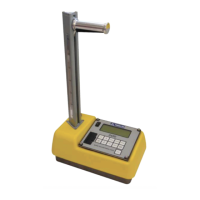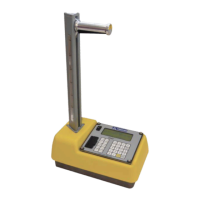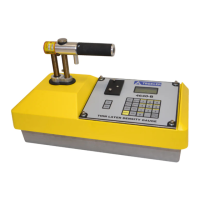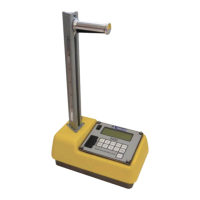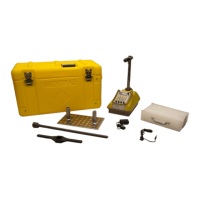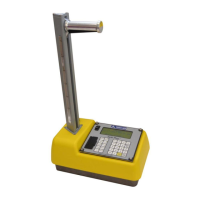Why does my Troxler EGauge Combo 4540 Measuring Instruments gauge turn off after it is turned on?
- DdsawyerAug 17, 2025
If your Troxler Measuring Instruments gauge turns off shortly after being turned on, it could be due to a few reasons. First, the gauge automatically shuts down after five hours of inactivity to conserve power; try turning it on again. Second, if the gauge got wet, do not attempt to turn it on until it is completely dry to prevent damage. Finally, if the battery voltage is below 5.5 volts, recharge or replace the batteries.




